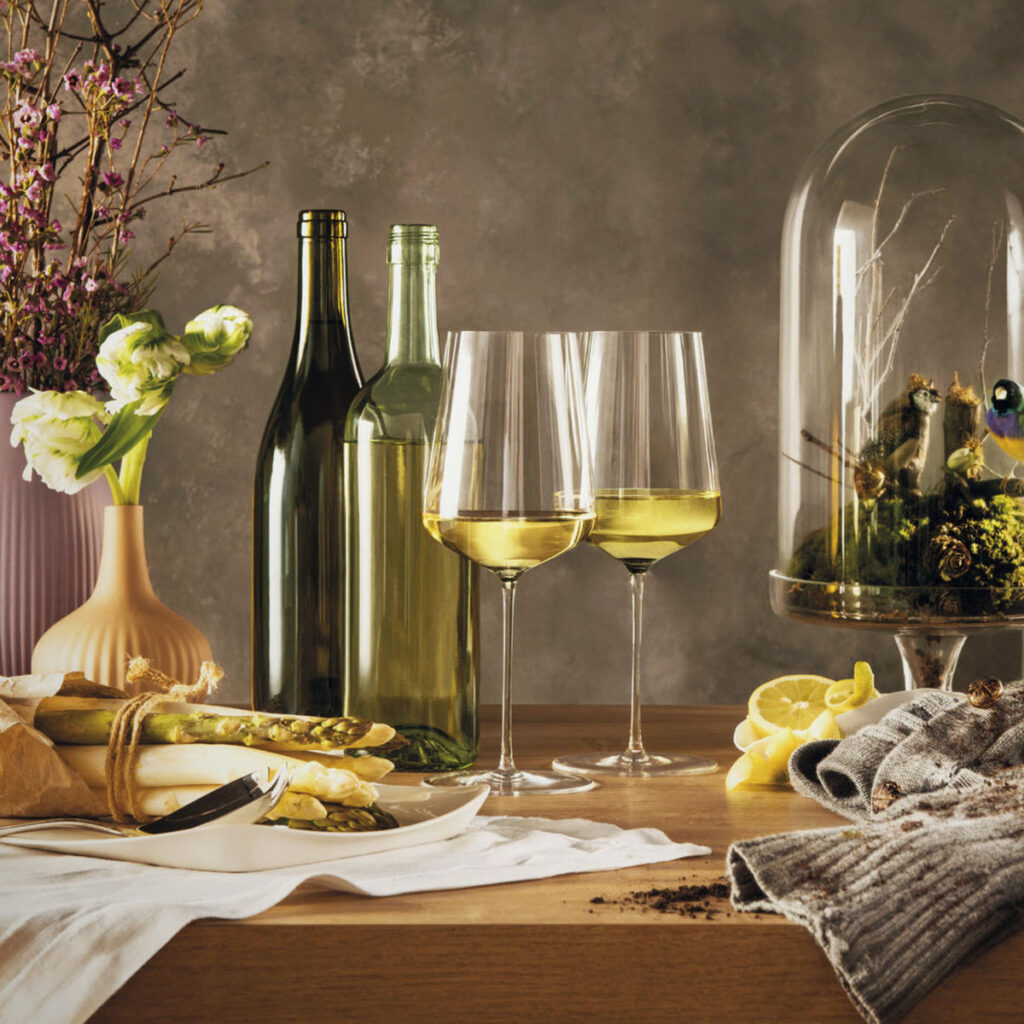

By Nicki Bourlioufas
Austrian wines aren’t so well known outside the country’s border, but the nation’s wine producers and the Austrian Wine Marketing Board (AWMB) are aiming to change that, as several participated in a recent trade show hosted in Sydney, Australia, hosted by Wines of Adelaide.
Austria offers excellent sites for growing internationally known grape varieties such as Riesling, Chardonnay, Traminer, Pinot Noir, Merlot, Cabernet Sauvignon and Syrah. But most important is the indigenous grape Grüner Veltliner. This white variety alone accounts for almost one third of Austria’s plantings.
In total, there are 26 white and 14 red grape varieties officially approved for the production of Qualitätswein (quality wine). The proportion of red wines by area planted has doubled over the past two decades and now represents one third of Austria’s area under vines, which total 46,500 hectares. The remaining Austrian vineyard area is planted with white wine varieties. Zweigelt is the most widely planted red wine grape.


Grüner Veltliner produces sometimes tangy wines with spice or pepper characteristics, with citrus, stone fruit or tropical fruit characters. Others have mineral or flint flavours, depending on the producer and the grapes’ origins. But the flavour profiles of Grüner wines vary widely, with some wines boasting tropical flavours like a Sauvignon Blanc, others like stone fruit not dissimilar to a Pinot Grigio, while other taste of honey or beeswax with minerality or petroleum, not dissimilar to a Riesling.
Austrian ‘quality’ wine goes through a highly regulated screening process and there is a category for quality wine, Qualitätswein. According to Austrian wine legislation, the wine must pass a taste test. The grapes must originate from a recognised winegrowing region, and the maximum yield is restricted to 9,000 kg of grapes or 6,750 litres of wine. Qualitätswein must be sent for chemical analysis to test its ‘quality’ label.


I recently attended a trade fair in Sydney on October 23 hosted by Wines of Adelaide and Peter Jackson which showcased Grüner Veltliner from over 30 Austrian producers, including several from the 2019 vintage, reputed to be one of the best in many years. A mild winter was followed by a variable spring, with abundant rainfall in May, handy for the hot, dry summer which followed. A mild autumn with cool nights brought the clusters to their full ripeness.
Yet one of my favourites was from 2018, the Josef Fisher was Federspiel Ried Steiger Grüner Veltliner from Wachau. It was very juicy, displaying flinty character, juicy, dense with nutty notes and refreshing acidity. Yellow stone fruit too and traces of honey (and some residual sugar) give it complexity and great mouthfeel. The Smaraged Ried Kreuzberg 2018 has also won many fans, though I didn’t have the opportunity to taste it. One thing I’d say to the winery: improve the look of your website to market your wines. Make the wines the focus.
The 2019 Jurtschitsch Stein Grüner Veltliner from Kamptal was notable too, with much elegant character, flavours of citrus, stone fruit, some minerality and a long finish. Its crystalline minerality is notable, giving a wine strong in character and multi-layered with intense fruit aromas, paired with lots of fresh spice, made from vines aged 23 to 48 years, giving the wine depth. The Jurtschitsch winery, situated in Langenlois, is one of the most prestigious wineries in Austria.
Other notable wines were two from Rainer Wess, the organically produced 2019 Kremstal Grüner Veltliner DAC, with strong mineral expression, appeals and pears and delightful length after tasting some waterier Gruners. The 2017 Reid Weinzierlberg Grüner Veltliner DAC Reserve was also excellent. A Weinwurms 2019 Ried Kugelberg is a more straightforward wine, with fresh stone fruit aromas and pleasant acidity.


With plantings of 13 percent of the total Austrian winegrowing region, Zweigelt is by far the most planted Austrian red wine variety. The grape is named after its creator, Prof. Dr. Fritz Zweigelt, who successfully crossed Sankt Laurent and Blaufränkisch in 1922. Zweigelt is fruity and aromatic. They will typically have bright acidity and aromas of red berries, not dissimilar to Pinot Noir or Beaujolais, with cherry, violets and soft tannins. high-quality Zweigelt wines are produced both in stainless steel as well as in barrique.


Blaufränkisch is the other main red. Lead Wine Spectator taster for Austria Aleks Zecevic focuses on this grape variety in his article “Bettering Blaufränkisch” for the highly respected consumer magazine. Austrians also make quality sparkling wine, that may only be produced used classified quality grape varieties. Every year, the Austrian Sekt Day is celebrated on 22 October. With Austrian Sekt cellars having “open house” on this day, it is the perfect opportunity to get to know and enjoy the numerous facets of Austrian Sekt – if we can make it post COVID-19 and get to Austria next year.
